The Saab Safir by Heller – a flying gemstone in gentlemen's scale
The meaning of the type designation "Safir" should appear to me in the course of this project more and more suitable for this small model. Translated from Swedish it means "sapphire", so I learned to appreciate the seventy-two times miniaturisation more and more as a small model-gemstone.
But before I lose a few words about the kit and the building process, I would like to briefly explain the quite interesting history of the Saab Safir. As an Austrian who grew up close to the airport, I am familiar with the small plane from my youth. The Austrian air forces used 24 aircraft between 1964 and 1993 as trainers and liaison aircraft.
In my opinion, these aircrafts never looked at their age: Their astonishingly timeless forms date back to winter 44/45, when planning work began in Sweden. Leading designer was Anders J. Anderssen, who interestingly enough had already designed the similar Bestmann at Bücker.
The flying gemstone took off for series production in 1946. From the first versions on the Safir proved to be a bestseller, numerous air forces and private owners worldwide should use the advantages of the Safir in the coming decades.
The Safir was also well represented in the Scandinavian air forces. The Finns had purchased 24 units, which, like the aircraft shown, were used in pilot training. By the way, two Finnish Safir were equipped with cameras and were also used as reconnaissance aircraft.
The model shows a Saab Safir D used in 1970 during pilot training in Jyväskylä.
The kit forms of the used Heller-kit originate from 1981, so they have, as they say so nicely, already some years on the hump. Typical of the time, all structures are executed in a sublime manner and the detailing has earned the designation "rudimentary" even just barely. I reduced the raised panel lines to a harmonious size or disposed of them completely and engraved them anew. The edges of the engine fairing were indicated only with pencil and some pastel chalk.
The shapes can be regarded as quite harmonious and close to the prototype - and show the essence of a Saab Safir quite well. The accuracy of fit is also very convincing, and I am also very impressed by the attention paid to the sharp trailing edges of the wings.
A big advantage of this model is the etched part sheet from Maestro Models. To be honest: without it I wouldn't have started building the Safir. The metal parts are mainly used for the cockpit, but also for the suspension strut shears of the landing gear, the tailgate and for the representation of the cooling air flaps of the Lycoming engine mounted on both sides.
The exhaust system was improvised from by my own hand. Also on brand self-made one is the representation of the antenna system at the roof of the cabin. Last but not least, the pitot tubes were formed from needle tips; the original plastic could not convince here.
I was surprised by the quality of the decals. These were renewed in the kit edition 2019 and now show all qualities that make good decals. Even the maintenance instructions are easy to read on the very thin carrier film - it's impressive throughout!
The finished Saab Safir in the pleasing colours of the Finnish Air Force actually has something of a gemstone; like a colourful hummingbird, this tiny gem in the display case now stands out the neighbourhood, which is mostly kept in more monotonous green and brown - I'm quite happy to have dared to work on this old model!
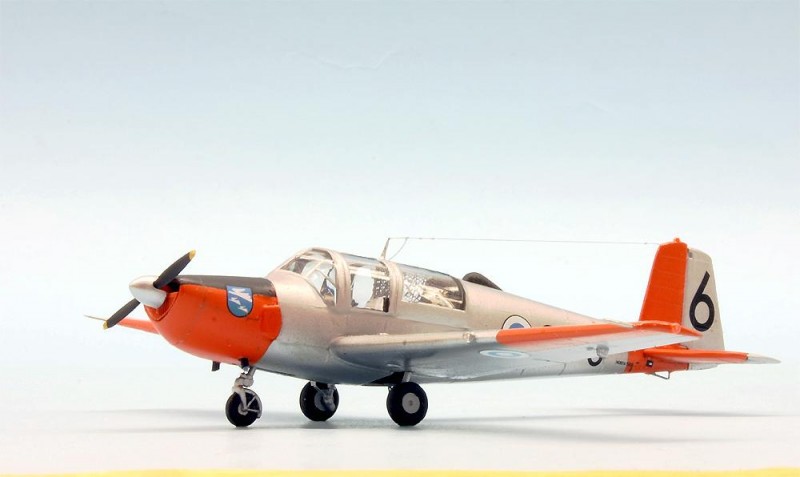
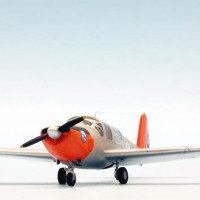
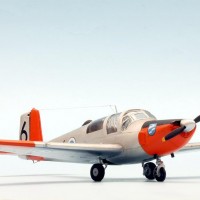
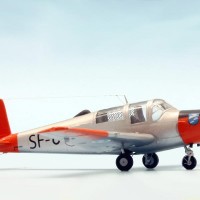
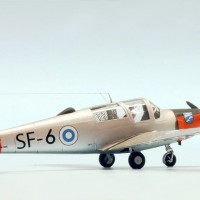
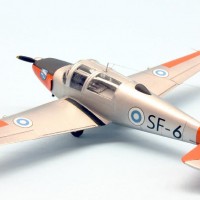
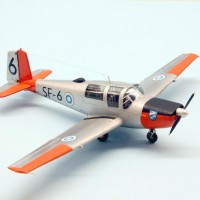
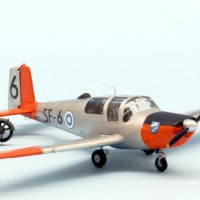
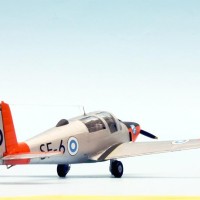
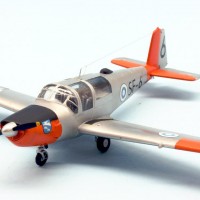

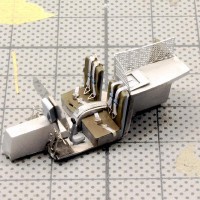
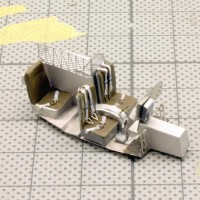
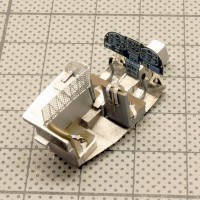
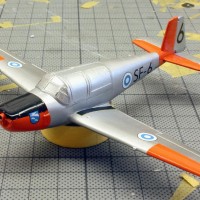
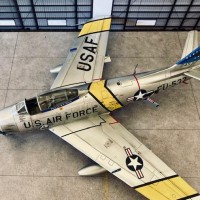
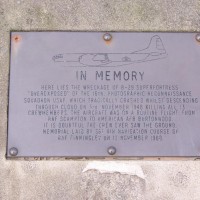
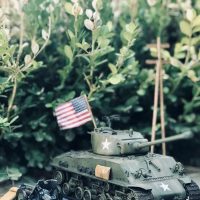
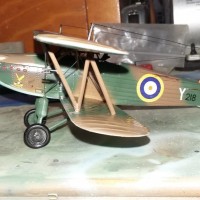
stunning
Whoa! Now that's just OUTSTANDING!
Sooooo, this is WHY I don't build 72nd scale? Ain't no Gentleman! And I thought it was because I couldn't see those tiny parts! I'm sticking with the tiny parts, line! LOL!
Another beauty Roland, thank you for sharing!
Lovely work Roland!
Great work - not familiar with this aircraft, so nice to see one build! Excellent details you added to the cockpit - wonderfully done.
Nice to see this built, since it's not too common. Excellent work!
Wow! Many thanks for these motivating reactions and kind comments!
Fantastic build, Roland! Being a fan of the Flygvapen, I built this kit in the 1990’sI sure wish I had the Maestro PE set back then. I had to scratch build the cockpit.
Very nice indeed, Roland, some lovely detail touches there.
A real gem! Thanks for the history of the aircraft.
A real smart, tight, strong clean build. Makes the model stand out and is worthy of notice in the Model of the Month category. Once again good things come in small packages.
Two thumbs up Roland.
Very well done!
Klasse gemacht, danke fürs Zeigen!
Roland, wonderfully done and very well written text. Congratulations.
Hard to believe it is 1/72 scale, looks like 1/48! A very nice job for a lovely plane. Bravo!
Your comments make me quite happy and proud- thank you for these encouraging words, mates!
Looks good Roland, nicely done.